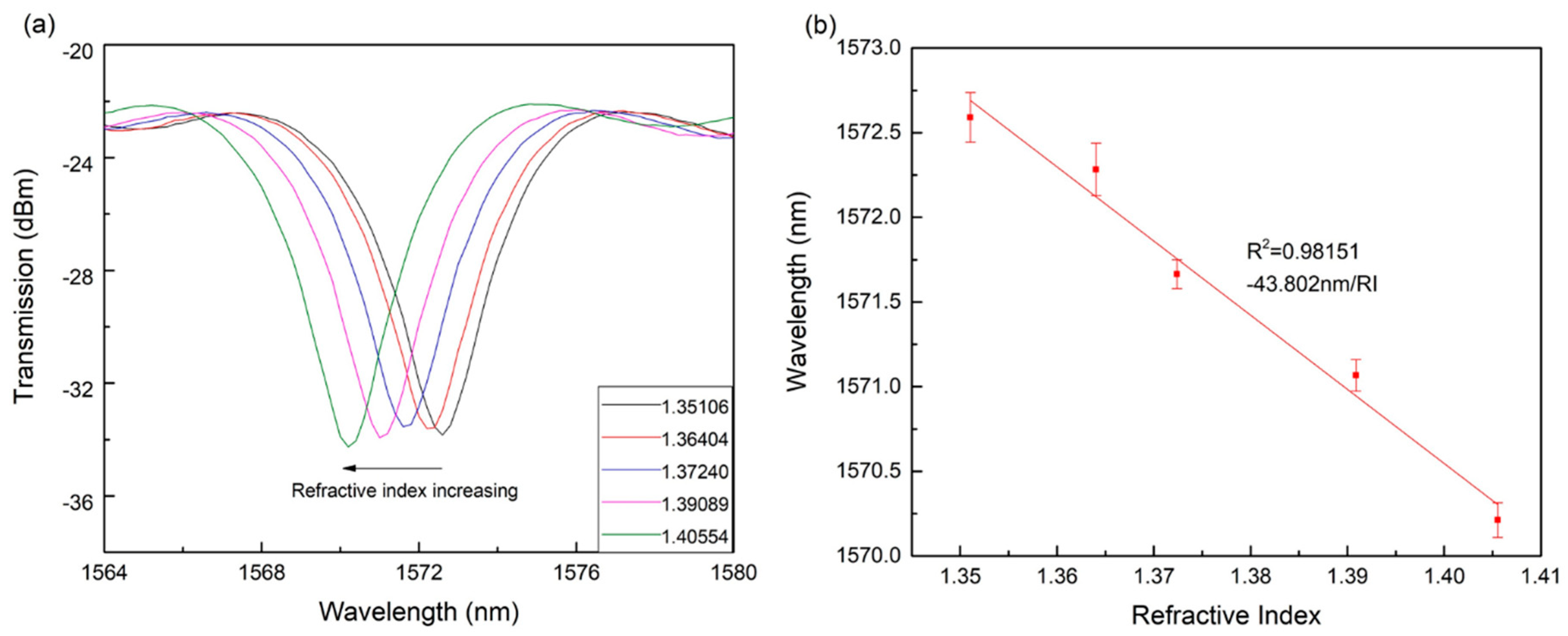
Which reduces the swelling of silicone elastomers in aliphatic and aromatic solvents. Solubility parameter of the polymer from approximately 15.5 MPa 1/2 to 19.5 MPa 1/2, Trifluoropropyl groups along the chain change the Percentage of phenyl groups along the chain reduces the tendency toĬrystallization and allows the polymer to remain flexible even at Other properties can be (greatly) improved. Organic groups along the chain backbone is the reduction of the One general drawback of the presence of other Leads to many unique properties and allows their use in a broad Many other groups like phenyl, vinyl, alkyl, or trifluoropropylĬan substitute the methyl groups along the polymer backbone which

Permeability to oxygen, nitrogen and water vapor. Volume, most gases have a high solubility and high diffusionĬoefficient in silicones.
Refractive index database surfactants free#
Transition temperatures are very low (e.g., 150 K for a polydimethylsiloxane compared to 200 K for polyisobutylene, which is the analogue hydrocarbon.) Due to the high free Wetting themselves, a property that results in good film formationĪnd good surface covering. Silicones have a critical surface tension of wetting that is higher Paraffin, with a low critical surface tension of wetting. 1ĭespite a very polar backbone, silicones can be compared to Due to great flexibility of the chain backbone, the activation energy of viscous flow is very low, and the silicone viscosity is less dependent on temperature compared to hydrocarbon polymers. Week due to the low cohesive energy, and the distance between adjacent chains is noticeably larger in silicones than in alkanes which also contributes to the greatįlexibility of silicones. 1,2 Furthermore, chain-to-chain interaction is rather For example, the rotation energy around a CH 2-CH 2īond in polyethylene is about 13.8 kJ/mol but only 3.3 kJ/mol around a Me 2Si-O bond, corresponding to a nearlyįree rotation. Some of the methyl groups are replaced by more polar groups.ĭue to the low rotation barriers, most siloxanes are very flexible. Thus polyalkylsiloxanes are capable of wetting most surfaces, unless Is in the range of 20 to 25 mN/m and comparable to that of Teflon (PTFE). Has one of the lowest critical surface tension of all polymers which Particularly if the film is cured after application. Silcones form hydrophobic films with good release properties, In other words, when the methyl groups point to the outside, However, the nonpolar methyl groups shield the polar chain backbone. Strongly polarized and without side groups, should lead to strong intermolecular interactions. To silicates which are associated with high surface energy. Silicone polymers possess an inorganic -(Si-O)- backbone similar Silicones (RTVs) that are converted into various silicone products.

Hydroxyl, vinyl, and other crosslinkable groups are intermediates for room temperature vulcanizable Non-reactive (liquid) silicones are desired, whereas resins with alkoxy, Groups render PDMS susceptible to condensation under both mild acidĪnd base conditions and have to be converted to alkyl groups if Tailoring the chemical, mechanical and thermophysical properties forĪ wide variety of applications.

Other groups (e.g., ethyl, phenyl, vinyl, etc.) which allows for The methyl groups along the chain can be substituted by many Is called poly(dimethyl siloxane) which is often abbreviated as PDMS: With the general structure - where R = -CH 3 The name silicone usually refers to organosilicon polymers These polymers also have low surface tension and are capable of wetting most surfaces. Temperature flexibility, and high resistance to weathering and manyĬhemicals. They are knownįor their outstanding temperature and oxidative stability, excellent low Of inorganic polymers that find many industrial uses. Silicone polymers or polydialkylsiloxanes are an important class


 0 kommentar(er)
0 kommentar(er)
